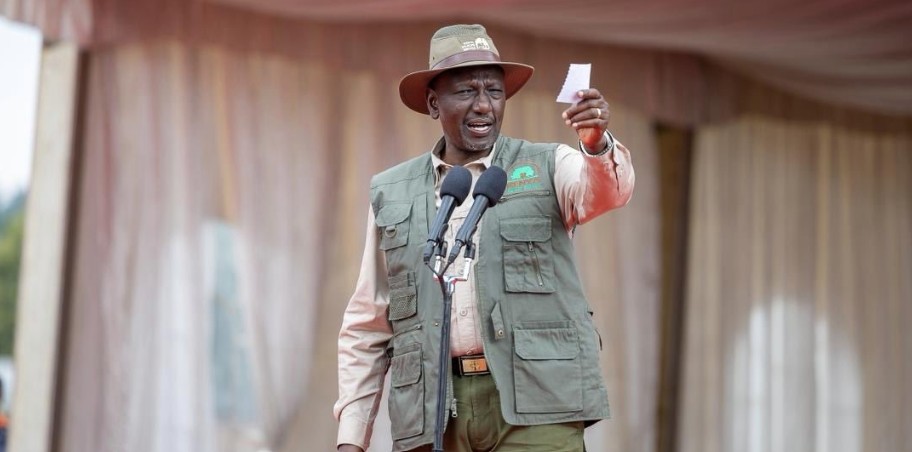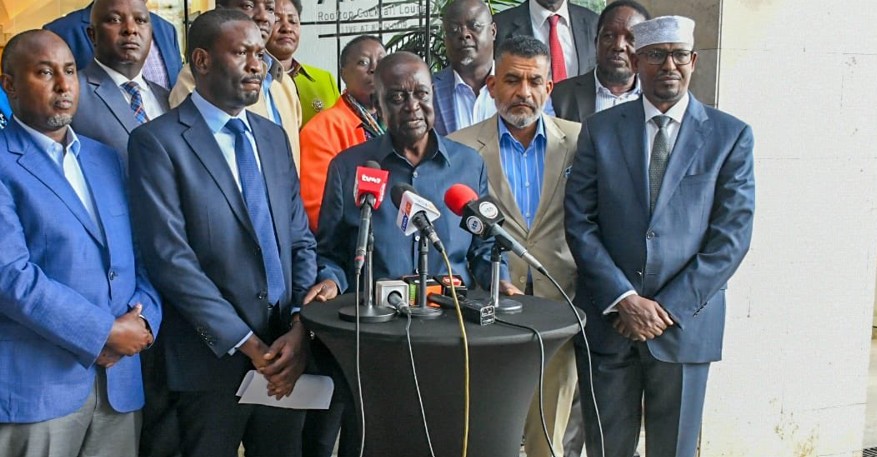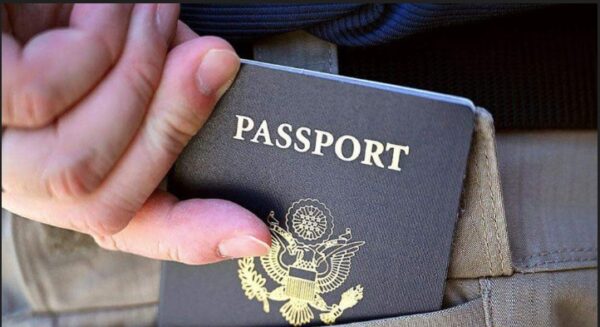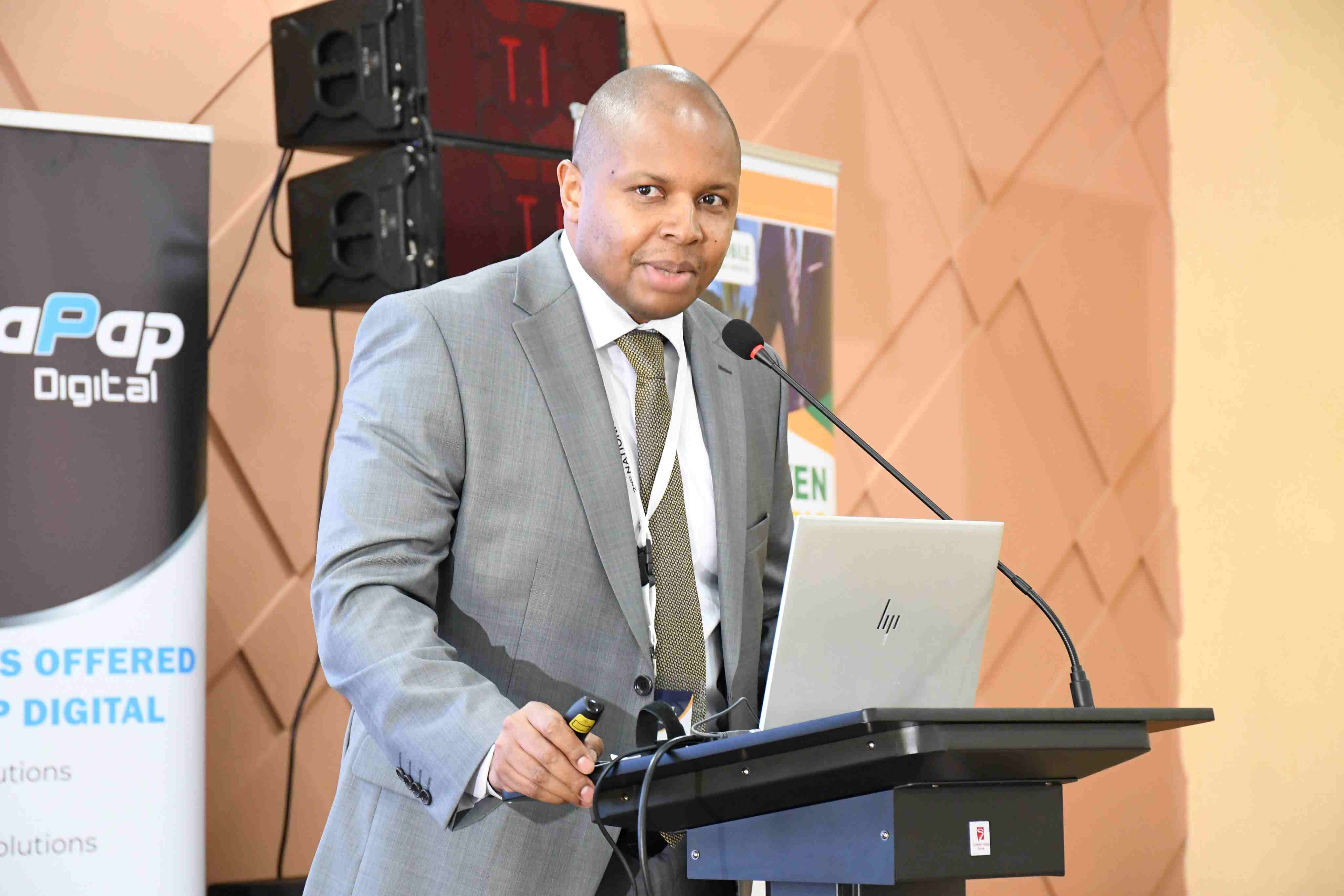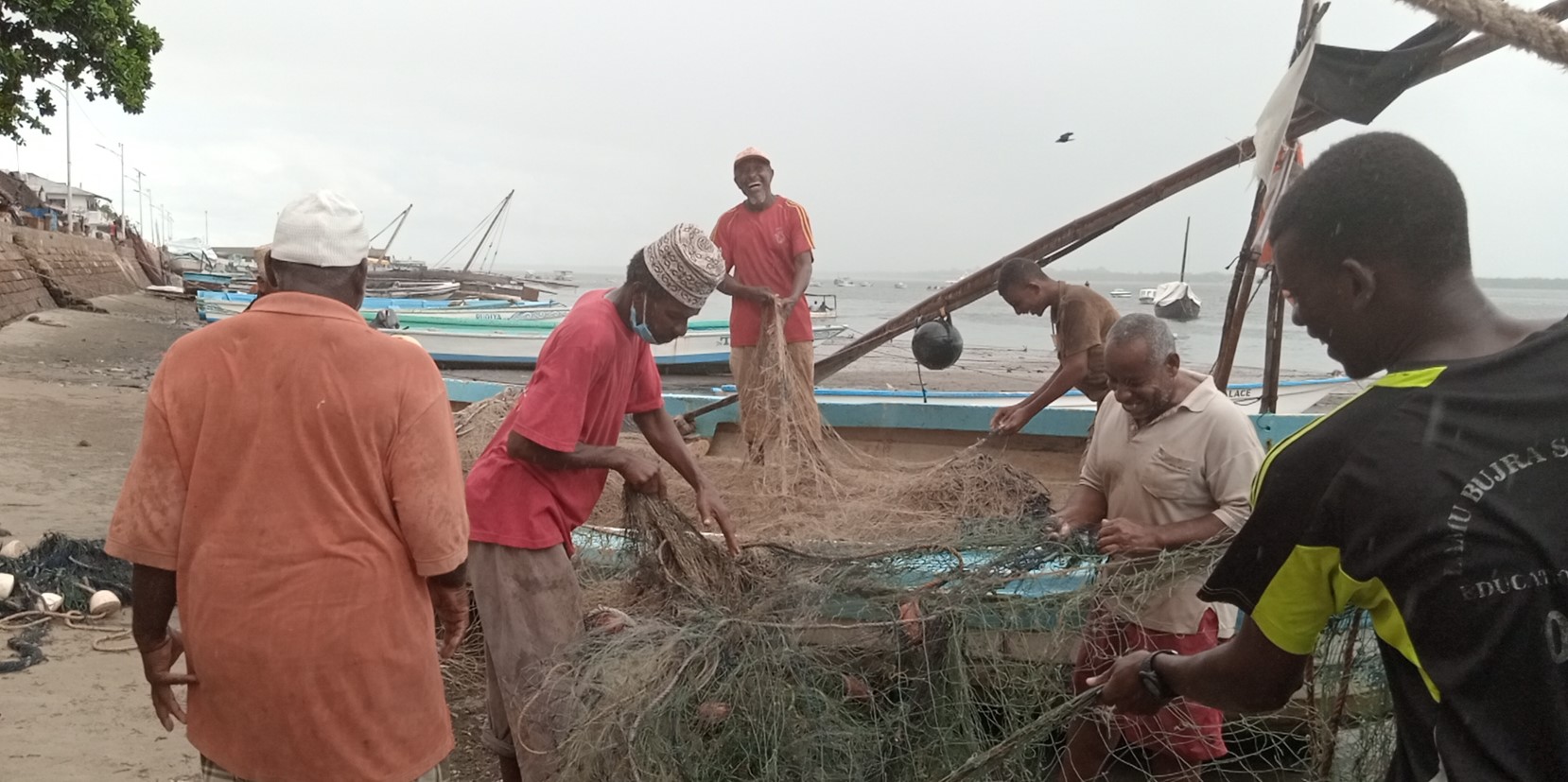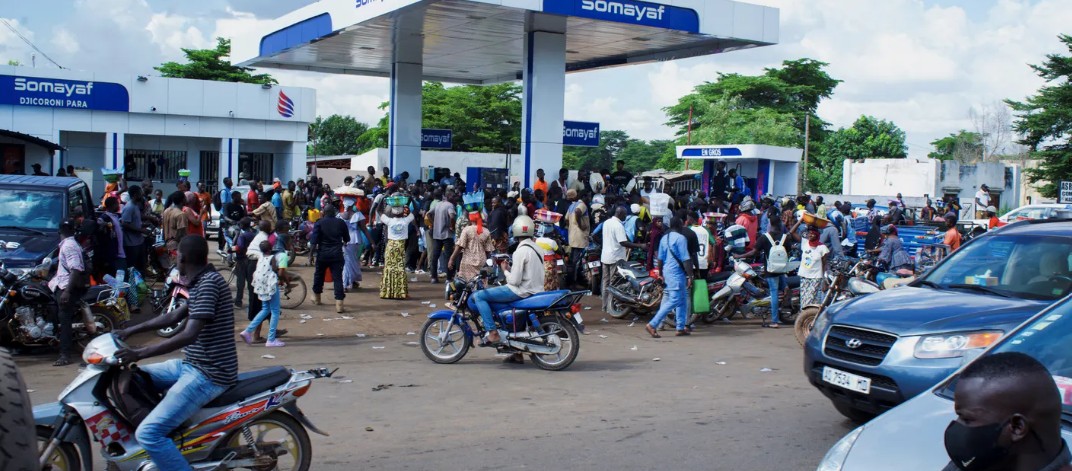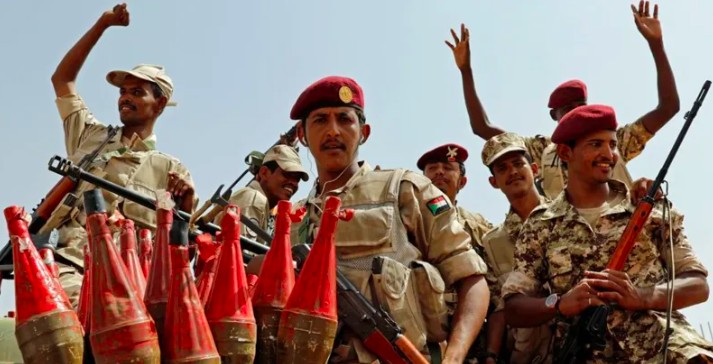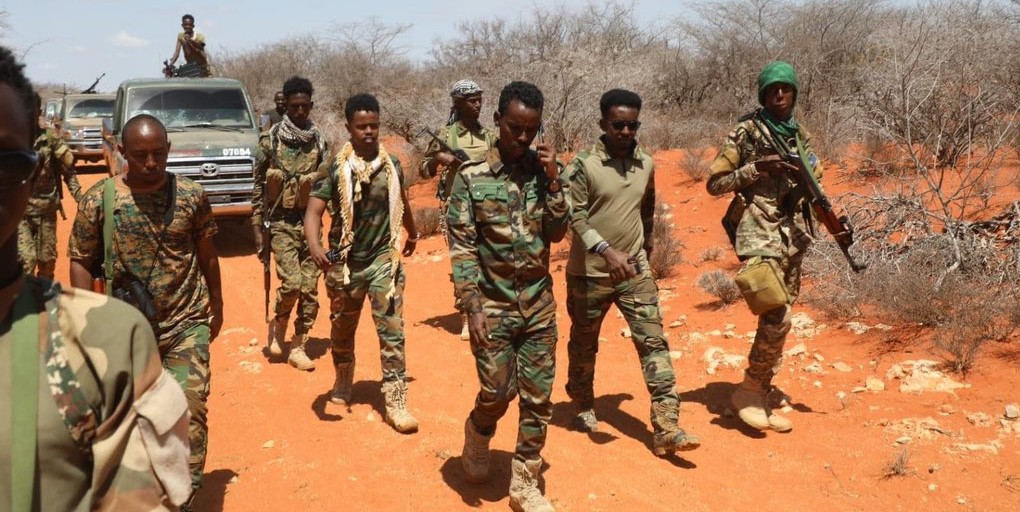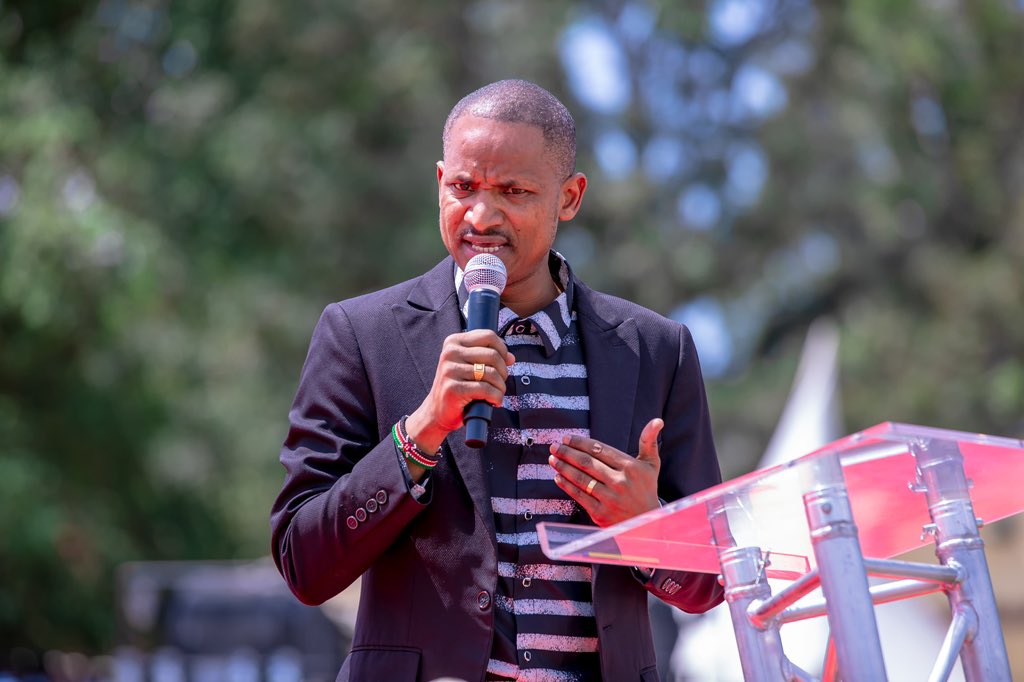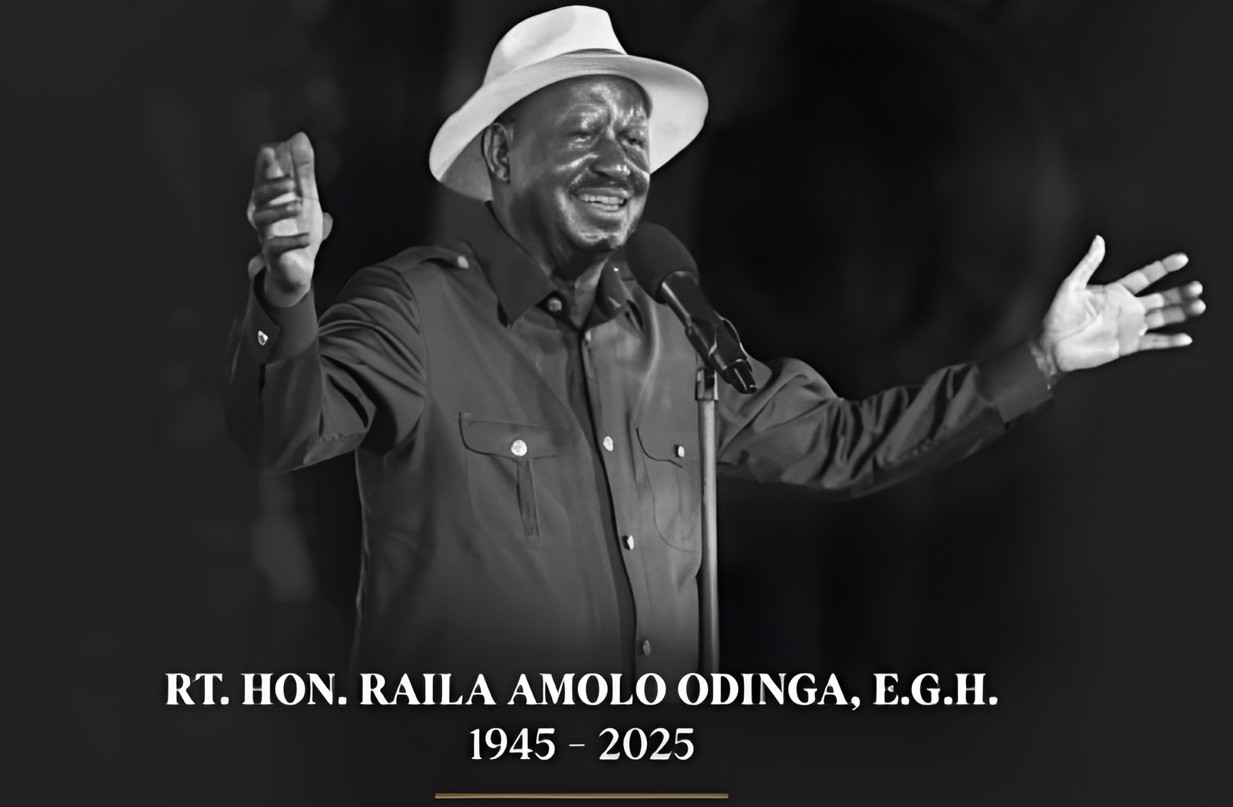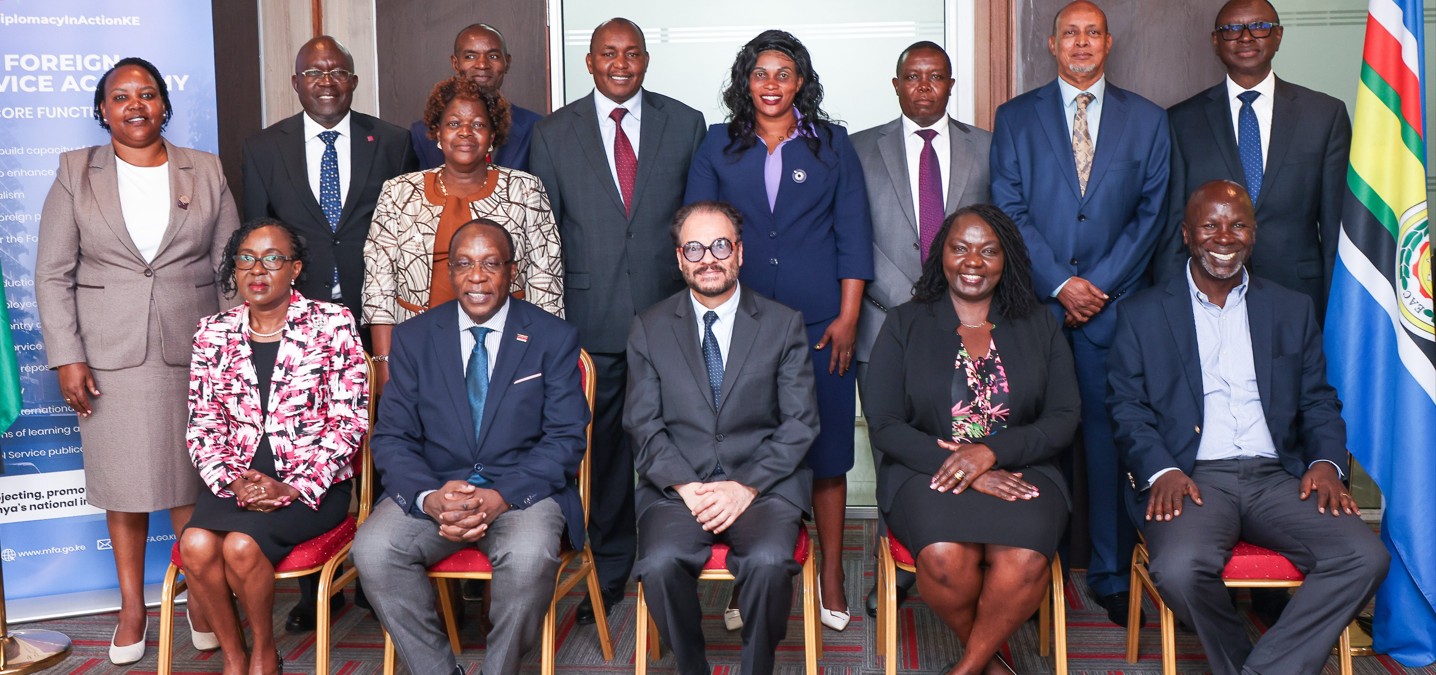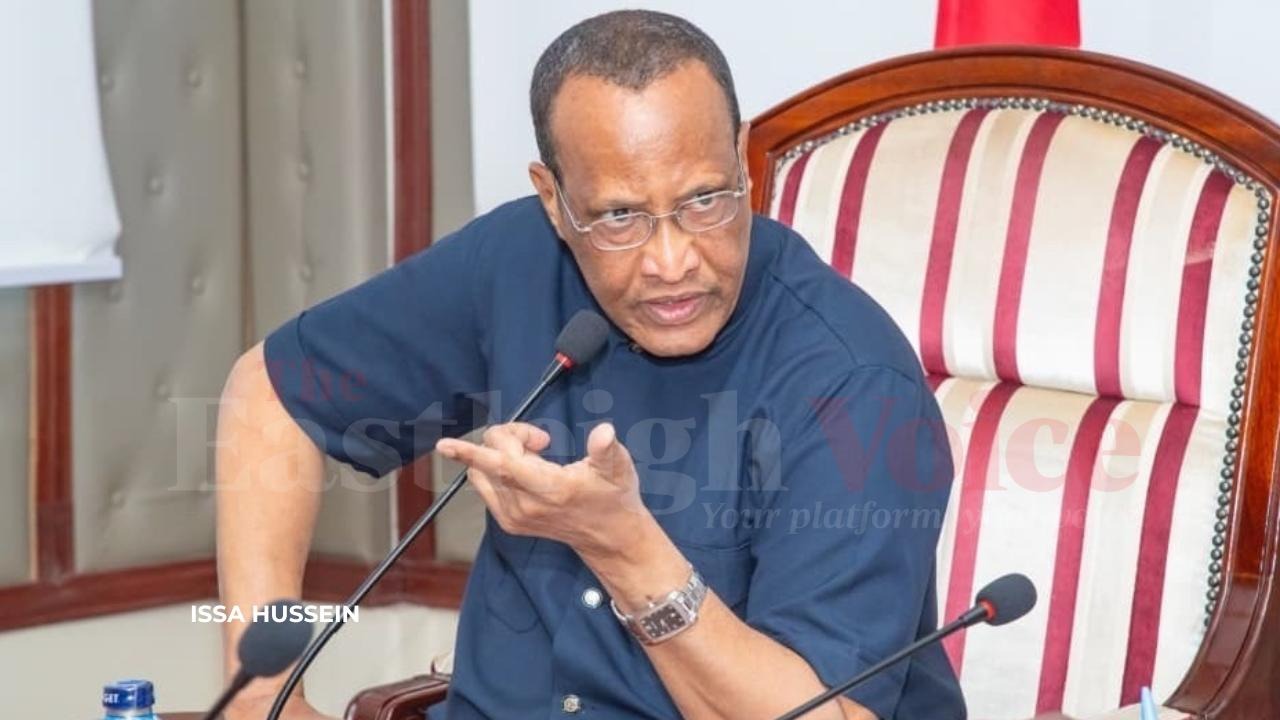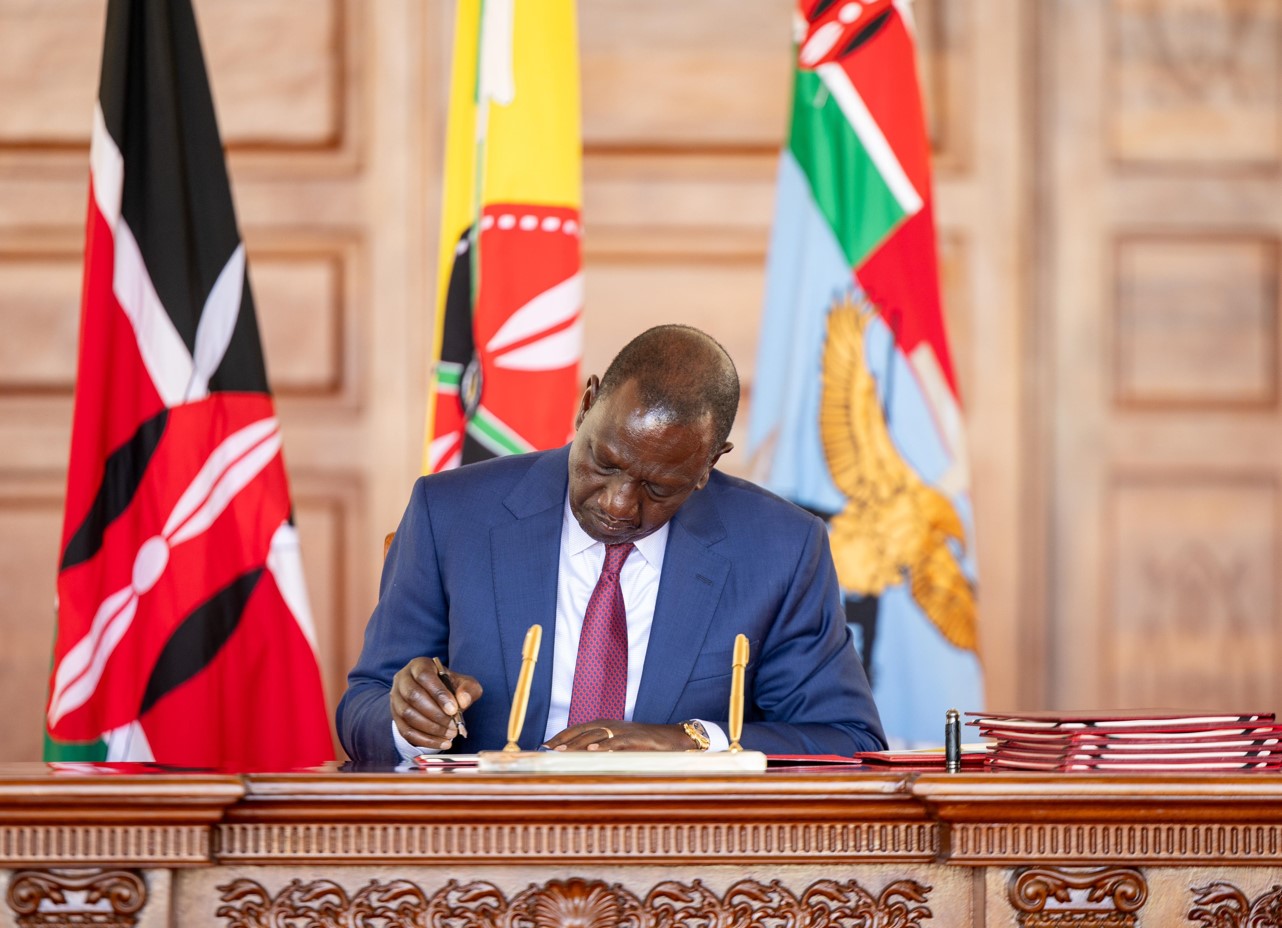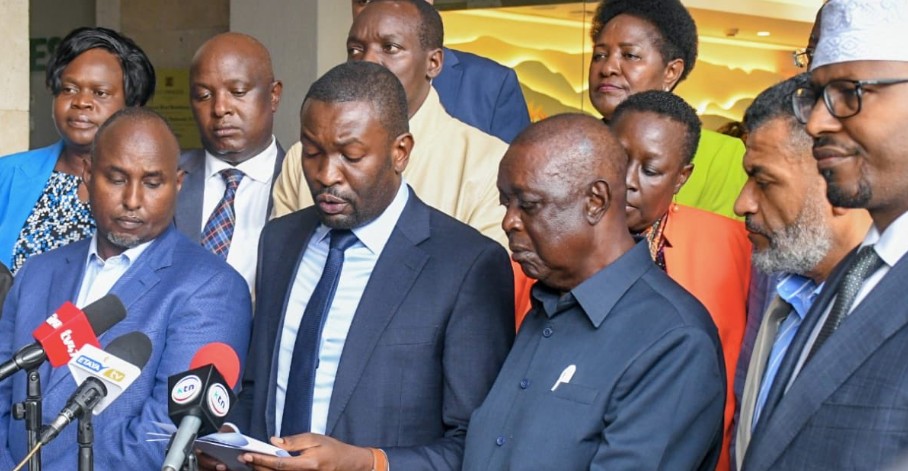South African soldiers call for transparency on DRC casualty numbers
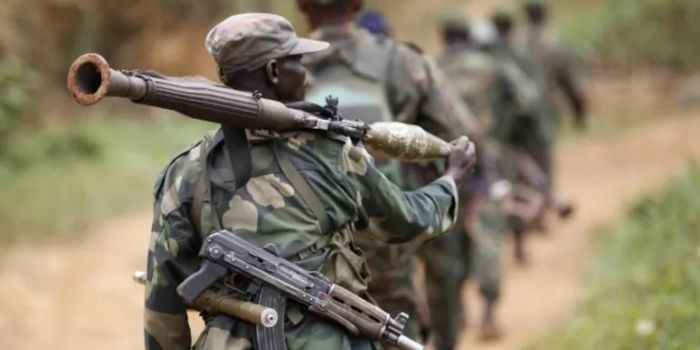
The Union of South African Soldiers called on the leadership of the South African National Defence Forces (SANDF) to clarify the casualties, injuries, and equipment lost in their engagement with armed groups in the war-torn DRC.
The Union of South African Soldiers has accused the country's military command of not being transparent about the casualties suffered in the Eastern Democratic Republic of Congo (DRC).
In a statement released Friday, the union, through its secretary-general, called on the leadership of the South African National Defence Forces (SANDF) to clarify the casualties and equipment losses in its engagement with armed groups in the war-torn DRC, where it is serving under the SAMIDRC, the SADC Mission in the Democratic Republic of Congo.
More To Read
- M23 accuses DRC Government of attacks hours after Doha ceasefire monitoring deal
- DRC Government, M23 ink deal to establish mechanism for monitoring potential permanent ceasefire
- Congolese army appeals to captured troops to uphold duty, loyalty
- DR Congo: All sides may be guilty of war crimes - UN probe
- DRC, M23 rebels resume peace talks in Qatar amid renewed fighting
- M23 rejects HRW findings linking group to over 140 civilian deaths in DRC
The statement followed Thursday's attack on the SANDF troops by the M23 armed group near Sake, which, according to official reports, claimed the life of one soldier and left more than 12 critically injured and hospitalised.
"SANDU reminds the Department of Defence of its duty to be transparent and officially inform the public about the facts of these reported incidents as well as provide an assurance as to consequential action (without detailing specific tactics and strategy). Silence only undermines public confidence," the union said, even as it condoled with the deceased soldier's family.
"The South African National Defence Forces (SANDF) confirms that on Thursday, May 30, the SANDF members came into contact with the M23 at Sake in the battle that ensued between the M23 and our forces. Thirteen members were injured, [one fatally]. All the injured members were evacuated to Goma Hospital and are recuperating," SANDF's headquarters reported.
SANDF, in a statement, confirmed that the incident caused the destruction of two Armed Personnel Carriers.
Since its deployment in the Eastern DRC, South Africa, the lead nation in the SAMIDRC, has suffered several hits by armed groups during its engagements with them.
The mission that replaced the East African Community Regional Force (EACRF) entered the DRC with the mission to fight armed groups, a tactic that has, over time, proven not to achieve many results.
Before its exit from Goma last year, the EACRF had managed to recapture several regions from the armed groups, restoring normalcy in the capital, Goma, and neighbouring regions.
It was, however, heavily accused of not doing enough to fight the armed groups by locals and politicians who preferred the mission to instead engage the groups in combat.
The EACRF efforts resulted in the gradual return of internally displaced persons to their rural homes, especially in Sake, Kirolirwe, Kitchanga, Mweso within the Masisi territory, Kibumba, Rumagambo, Kiwanja, and Bunagana in the Nyiragongo and Rutshuru territories.
Most of these areas have, however, since fallen back into the hands of the armed groups, and the two-part peace talks that were ongoing at the time have since stalled.
"Whereas military action is desirable as an enabler, it cannot be an end in itself. The grievances leading to the conflict have to be resolved through peace talks," Major General Aphaxard Kiugu said in his exit speech on December 21 as the final troops left Goma airport to give way to the SAMIDRC mission.
Top Stories Today
